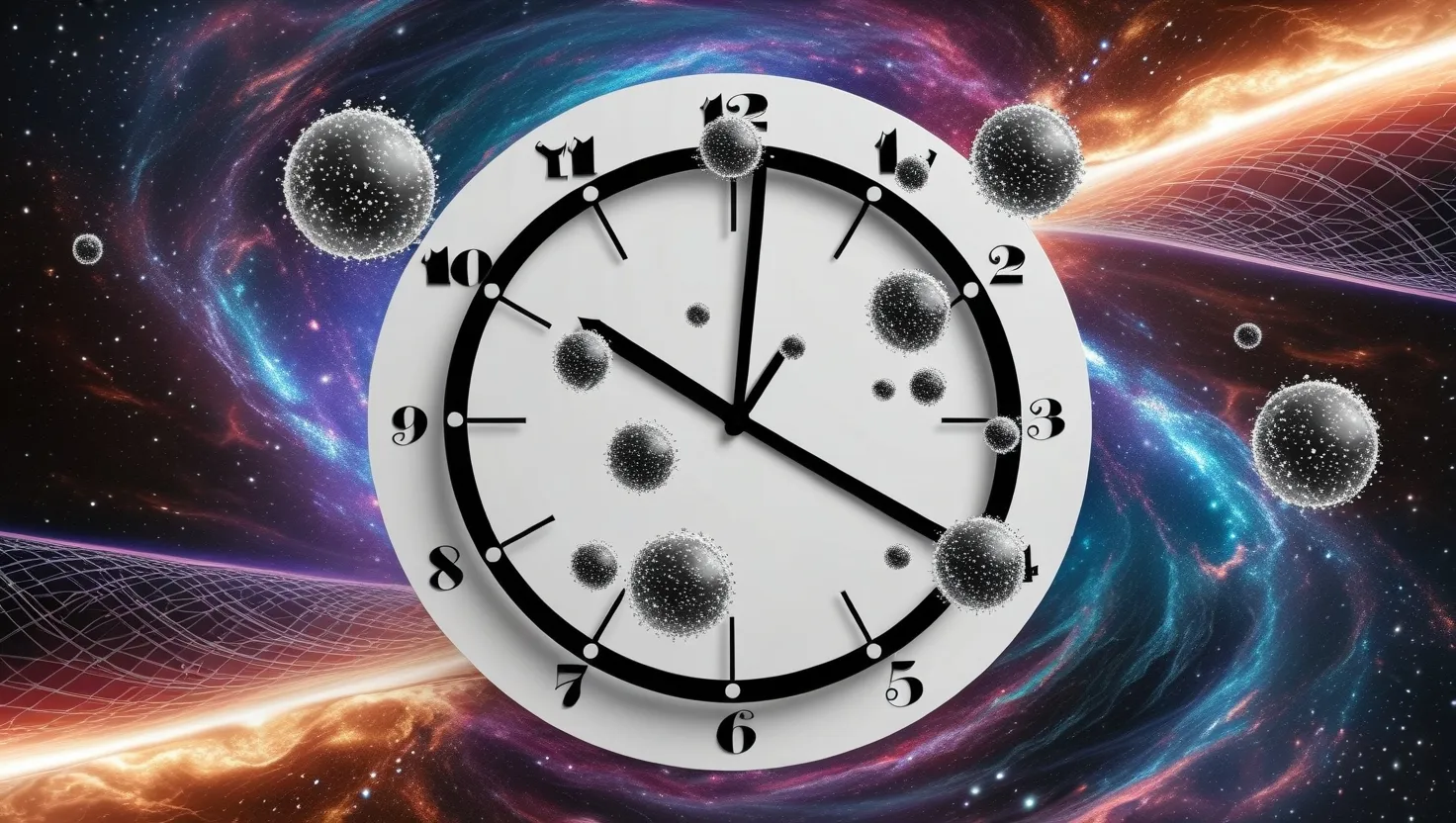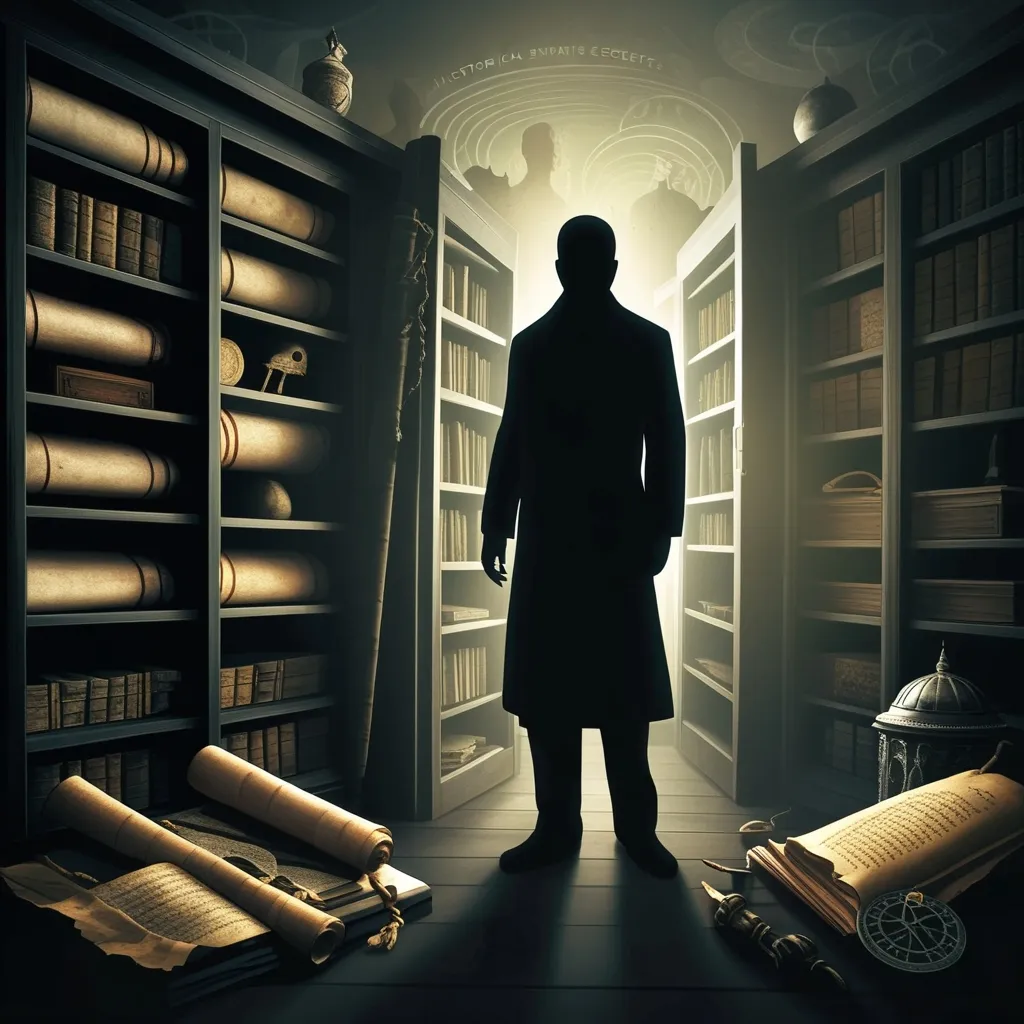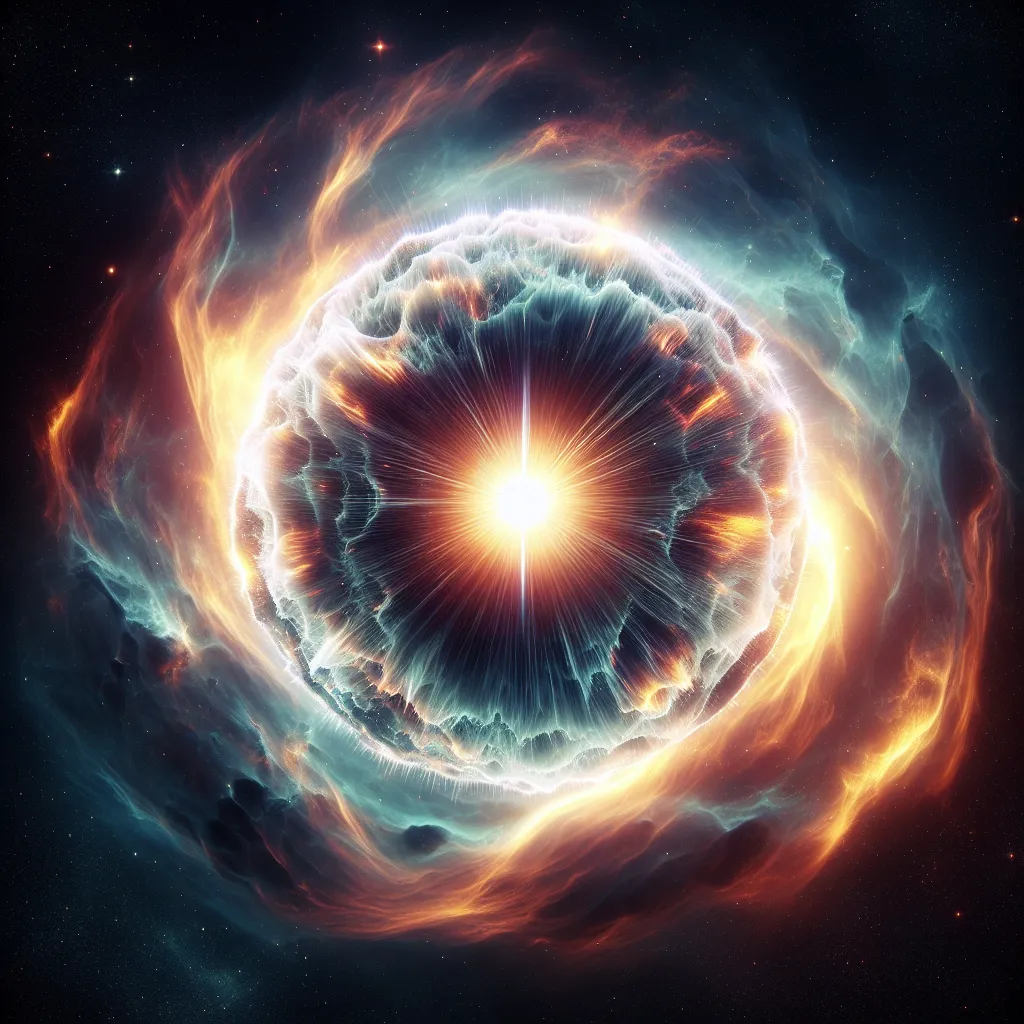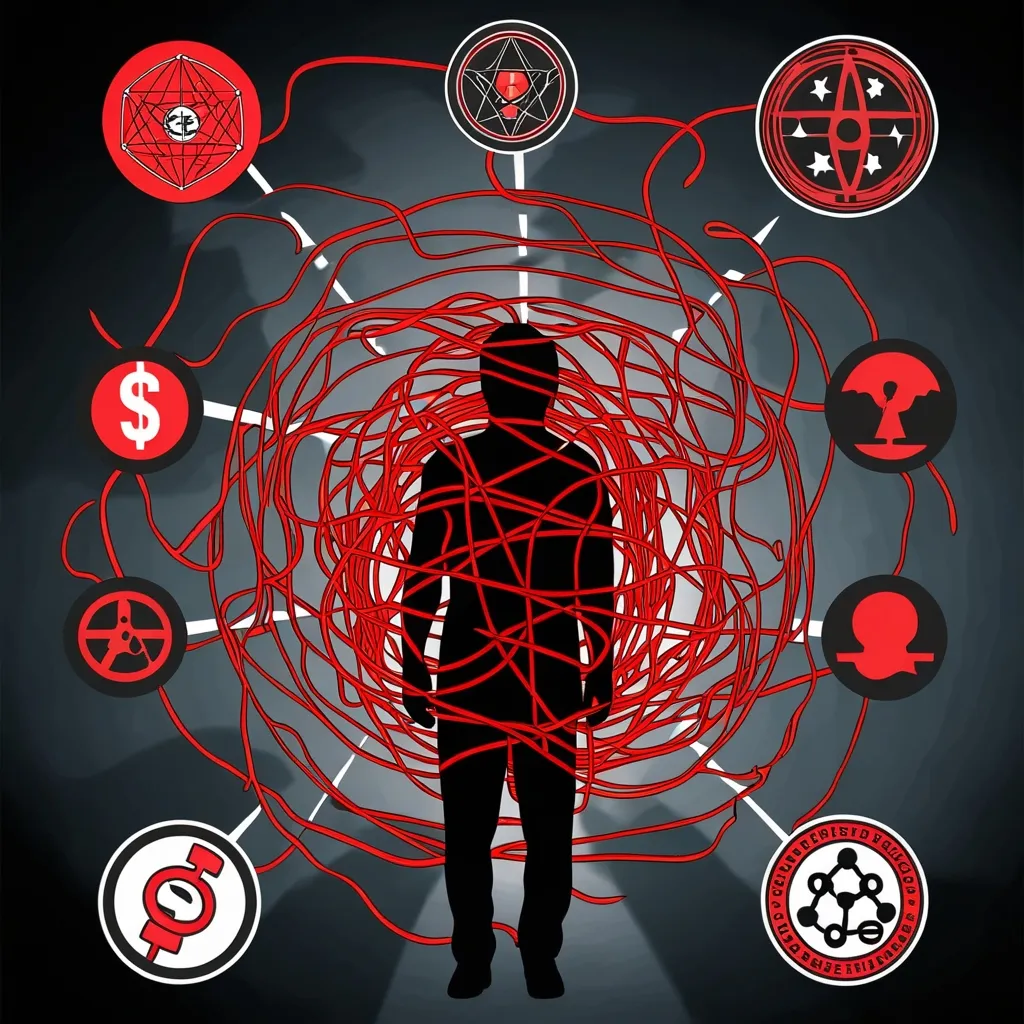As we delve into the mysterious realm of chronons, we find ourselves at the crossroads of theoretical physics, philosophical intrigue, and the tantalizing hint of conspiracy. The concept of chronons, often described as the hypothetical particles of time, challenges our traditional understanding of time as a continuous flow. Instead, it suggests that time might be composed of discrete, indivisible units, much like the frames of a film.
The Birth of a Hypothesis
The idea of chronons is not new; it was first introduced by Robert Lévi in 1927. Since then, numerous physicists have explored the possibility that time could be quantized, much like energy or space. This hypothesis gained traction as scientists sought to merge quantum mechanics with general relativity, aiming to create a cohesive theory of quantum gravity.
One of the early proponents of this idea was Chen Ning Yang, who in 1947 proposed a quantum theory where time has a discrete spectrum, yet remains consistent with special relativity. Henry Margenau later suggested that the chronon could be the time it takes for light to travel the classical radius of an electron, a notion that adds a tangible scale to this abstract concept.
The Chronon: A Quantum of Time
In simple terms, a chronon is the smallest, non-decomposable unit of time. Imagine time not as a smooth, flowing river but as a series of discrete steps or intervals. In a one-dimensional model, a chronon represents a specific time interval or period, while in higher-dimensional models, it becomes a non-decomposable region in n-dimensional time.
Piero Caldirola’s model from 1980 is particularly intriguing. According to Caldirola, one chronon for an electron corresponds to about 6.27 × 10^-24 seconds. This is significantly longer than the Planck time, which is approximately 5.39 × 10^-44 seconds and is often considered the smallest unit of time that has any meaning. However, the Planck time is not a quantization of time itself but rather a lower bound on the length of time between two connected events.
Implications for Quantum Mechanics
The chronon hypothesis has significant implications for quantum mechanics. Caldirola’s model, for instance, provides a clear answer to whether a free-falling charged particle emits radiation, a question that has puzzled physicists for decades. This model avoids the difficulties encountered by earlier approaches and offers a natural explanation for quantum decoherence.
The Cronon Field Theory: A New Perspective
Sam Vaknin’s Cronon Field Theory takes this concept to a new level. Here, chronons are not just intervals of time but actual particles, akin to quarks, that interact to produce what we experience as time. This theory posits that time is not just a measure on clocks but a fundamental dimension yielded by the interactions of these chronon particles.
In Vaknin’s work, different types of chronons interact to create the time arrow, explaining why time seems to move in one direction. The theory also introduces a duality between potential events and actual events, suggesting that space-time itself is an outcome of the collapse of a wave function. This means that particles, as we understand them, are replaced by strings of collapse events, making the theory inherently time-oriented.
The Conspiracy Angle: Manipulating Time?
Now, let’s venture into the more speculative and intriguing aspect: could powerful entities be manipulating these chronons, subtly altering our perception of time and reality? While this sounds like the stuff of science fiction, it’s an idea that sparks both fascination and fear.
If chronons are indeed the building blocks of time, understanding and manipulating them could theoretically allow for time manipulation or even time travel. However, this raises a plethora of questions and ethical dilemmas. Who would have the capability to manipulate such fundamental particles? And what would be the consequences of altering the fabric of time?
The Cosmic Wonder
The concept of chronons opens up a cosmic wonder that challenges our everyday experience. Imagine living in a universe where time itself can be hacked, where the flow of seconds, minutes, and hours is not fixed but can be altered by those with the knowledge and power.
This idea is both exhilarating and terrifying. It suggests that our reality is not as fixed as we believe, that the very fabric of time can be tweaked and manipulated. But it also raises questions about the nature of free will and the stability of our universe.
Personal Reflections
As I delve deeper into this topic, I find myself questioning everything I thought I knew about time. The idea that time might not be continuous but rather a series of discrete units is mind-bending. It makes me wonder about the moments we experience, the decisions we make, and the flow of our lives.
If chronons are real, it changes the way we think about time travel, about the past and the future. It suggests that time is not a linear progression but a complex web of discrete intervals that can potentially be navigated.
Conclusion
The chronon hypothesis is a fascinating blend of theoretical physics, philosophical intrigue, and cosmic wonder. While it remains a speculative idea within the scientific community, it challenges our understanding of time and reality. Whether or not powerful entities are manipulating these particles, the concept of chronons invites us to rethink the very fabric of our existence.
As we continue to explore this mysterious world, we are reminded that science is not just about discovering facts but also about questioning the assumptions we hold dear. The chronon conspiracy, if it can be called that, is a reminder that the universe is full of secrets waiting to be uncovered, and sometimes the most profound truths lie just beyond the edge of our current understanding.






